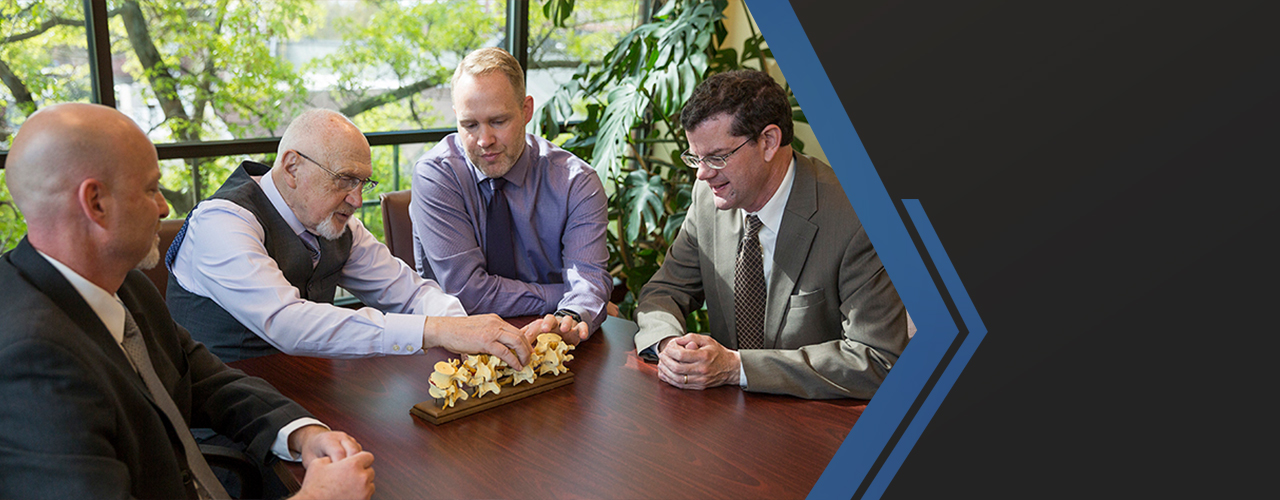A Meniscus Tear and Repair: Understanding the Surgery and Post-Recovery
In this article, we will focus on a meniscus knee injury and how a surgeon might go about addressing this type of injury. The meniscus structure is located in the middle, interior part of the knee. The purpose of the meniscus is to give the knee some cushion. In other words, when you are walking, the meniscus will ensure that you are not jolting your gliding-surfaces directly onto each other. At the end of the day, the meniscus absorbs the impact.
How common is a meniscal injury?
Meniscal injuries are fairly common in terms of lower leg injuries. It is not uncommon for the meniscus to become torn, particularly when there is direct impact to the knee itself. Most commonly, this injury occurs with falls and some auto injuries that involve the lower legs.
What will your doctor do in the case of a meniscus tear?
Meniscus tears require surgery; however, it’s not the type of open knee surgery that you would associate with something like a knee replacement. With a meniscus tear, the doctor will perform an open surgery. This means the doctor will cut small port holes into the knee itself. The doctor will then use special tools to insert into the knee, visualize it, and then do the work to repair the injury.
Let’s take a look at some more details related to the surgery
Now that we have a general idea of the type of surgery that your doctor will perform, let’s dive a little further into the details of the process. After the port holes are made, your doctor will inject a liquid into the interior of the knee. The pressure of the liquid will help push the bones apart to give your doctor ample room to operate within the knee. Next, your doctor will put in a camera so that he or she can see exactly what is going on inside your knee throughout the procedure.
Finally, your doctor will use a tool to debride (or eat away) a portion of the torn meniscus (this tool is similar to a drill bit). As it cleans up the torn meniscus, it also sucks it out so that you are not left with shavings within the knee space. The torn piece of meniscus is now completely removed.
The tools are removed from the knee — along with the liquid, which relives pressure and puts the knee back into position. Last but not least, sutures are put into place to close up the port hole incisions.
What is the recovery like from a torn meniscus injury?
Unfortunately, with meniscus injury repairs, you can’t simply glue everything back together. You are actually taking away the torn piece. This is much different than most other injuries. Because this injury is unique in this way, you may see a reduction in some of the functionality of the knee area itself (you have less cushion now).
Most doctors will inform you that it will take a long period of time afterward the surgery for your injury to heal. It all depends on the severity of you injury, but it will likely take a handful of months before your knee is back to normal. During the healing period, you will need to stay off your feet for a while. You will also want to avoid heavy physical activity, like playing sports, running, etc. You even need to be extra careful going up and down the steps. However, after that handful of months of healing, your knee should be back to normal so that you can engage in all of the physical activities that you once loved.
If you have a meniscus tear or another type of injury from a fall or an accident, contact us today at Dwyer Williams Cherkoss Accident Injury Attorneys for a free case evaluation. Our team of experienced personal injury attorneys will work hard to ensure that you receive the compensation that you deserve!

















